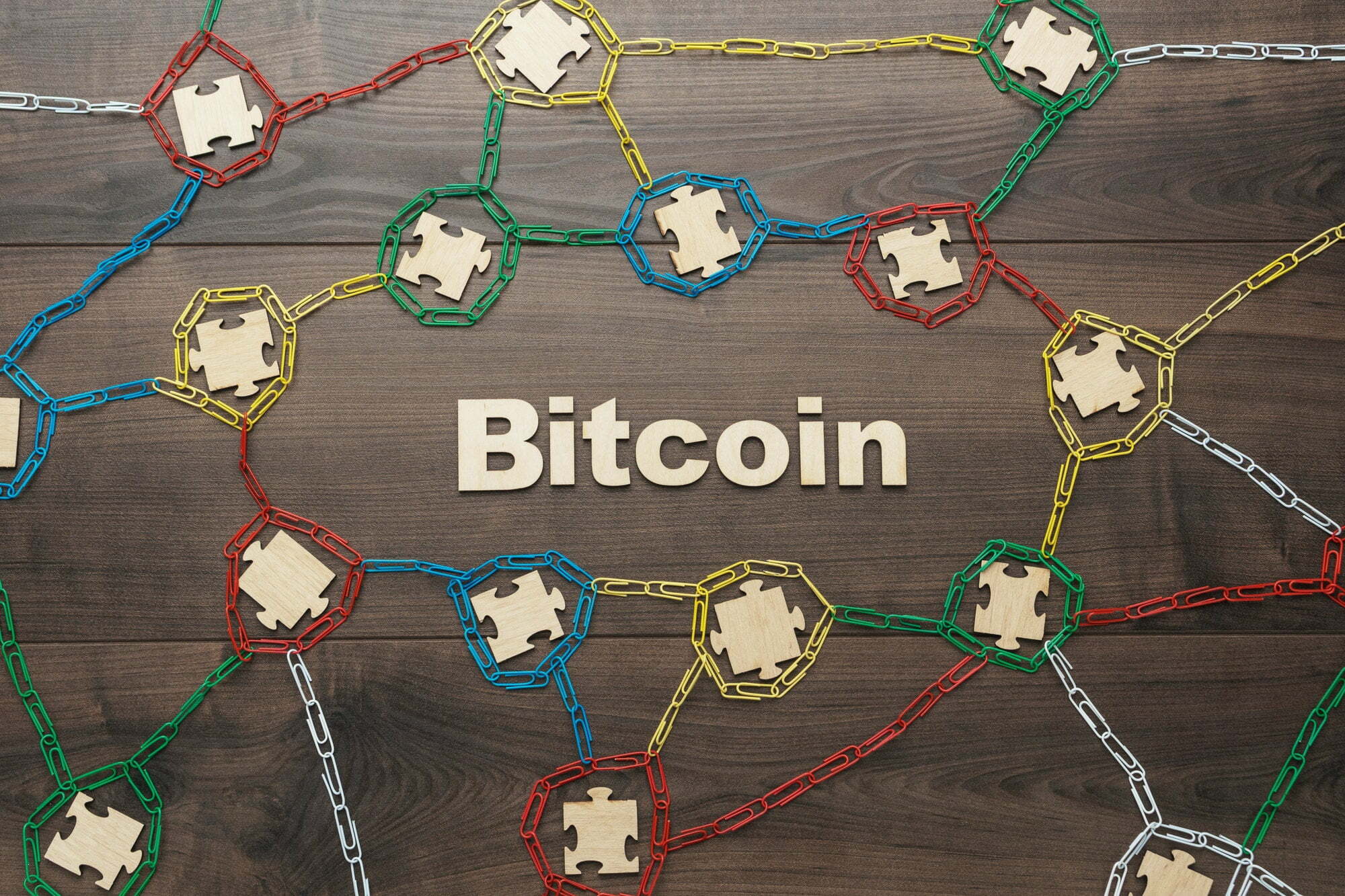BMB Academy
Knowing the ‘WHAT’ and ‘HOW’

What Is Blockchain And What Can Businesses Benefit From It?
It seems the blockchain revolution is in full swing. Over the course of a one-year period, Google search requests for the keyword “blockchain” have increased by 250%. The U.S. Senate recently had a public discussion about the blockchain’s most prominent application, cryptocurrency. And several public entities have added “blockchain” to their company name. So what’s all the hype about?
What is blockchain and how will businesses benefit from it?
In simple terms, a blockchain can be described as an append-only transaction ledger. What that means is that the ledger can be written onto with new information, but the previous information, stored in blocks, cannot be edited, adjusted or changed. This is accomplished by using cryptography to link the contents o the newly added block with each block before it, such that any change to the contents of a previous block in the chain would invalidate the data in all blocks after it. Blockchains are consensus-driven.

A large number of computers are connected to the network, and to reduce the ability for an attacker to maliciously add transactions on the network, those adding to the blockchain must compete to solve a mathematical proof. The results are shared with all other computers on the network. The computers, or nodes, connected to this network must agree on the solution, hence the term “consensus.”
This also makes the work of appending data to the ledger decentralized. That is, not a single entity can take control of the information on the blockchain. Therefore, we need not trust a single entity since we rely on agreement by many entities instead. The beauty of this construct is that the transactions recorded in the chain can be publicly published and verified, such that anyone can view the contents of the blockchain and verify that events that were recorded into it actually took place. Prior to the advent of the blockchain, there was no way to secure and validate ownership in a digital asset or verify a transaction in a trustless, public manner.
Take, for example, the act of utilizing a software license to gain access to a program like Microsoft Word. To enforce the right to use the software, it must check a centralized server operated by Microsoft. If Microsoft wanted, it could deny access to the software or transfer those permissions to another user. While we consider Microsoft a trusted entity, the risk of illicit behavior increases when an untrusted party is introduced. Perhaps a better example is ownership of a more valuable asset, such as a substantial share in a company, or a valuable digital asset such as a one-off piece of digital artwork. To transfer shares of ownership in a company, the current model requires stacks of paperwork, a lawyer, or a centralized and trusted entity, such as the New York Stock Exchange.
What about transferring a digital asset like art?
How do you prevent people from copying the digital file and sending many others a copy? If there’s no way to publicly verify the transfer of a single asset to a single entity, then there’s no way to enforce ownership or authenticity.
This is why the value in art is always in the physical good.
